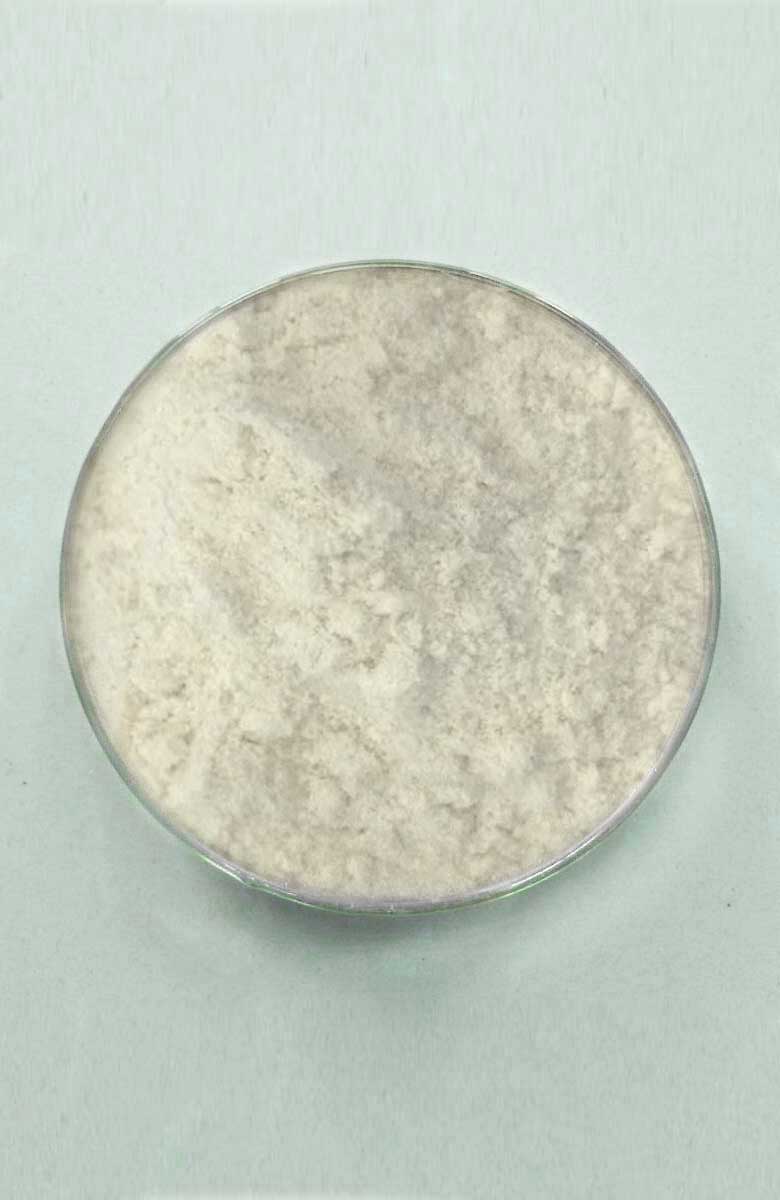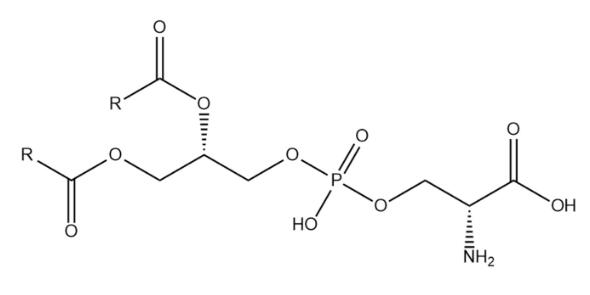Phosphatidylserine Nutritional Fortifier
Certification: ISO, KOSHER, Halal, HACCP

Product Information
- Biological sources: bacteria, yeast, plants
- Specification: 20%, 50%
- Appearance: light yellow powder
- Mesh size: 80 mesh
- Detection method: HPLC
- Samples: Provide free samples
- Use: food, medicine, health care products
- Package: 1kg/bag, 25kgs/barrel
What is phosphatidylserine?
The term “complex nerve acid” also applies to phosphatidylserine. It is made from natural soybean oil waste and is known as PS.
Phosphatidylserines is used to describe the acyl derivatives of phosphatic acid, in which the phosphate part is esterified with serine (usually L-serine). The name of specific compounds can be semi-systematically named with the common name of phosphatidic acid (sn-glycerol-3-phosphate) as the parent or systematically named according to general rules.

Key values
As a kind of bioactive substance, phospholipid has unique physical and chemical properties and nutritional value. It has a long history of application in the global food, health care, pharmaceutical, and feed industries.People can adjust blood lipids, improve memory, protect liver, improve brain, and delay aging and other physiological functions by using phospholipid.
The phospholipid family includes phosphoidylserine (PS). It is the only phospholipid that can regulate the functional state of key cell membrane proteins and is an indispensable substance for human body. Therefore, as long as the normal use of phosphatidylserine dietary agents will not bring additional burden to the body, and has passed the certification of many national drug administrations.
Scope of application
As a very safe natural nutrient, phosphatidylserine nutritional fortifier PS has been widely used in food, health care products, medicine and other fields around the world. At the same time, nearly 3000 research papers on phosphatidylserine have been published worldwide, of which 70+human clinical trials have shown that PS is the most basic, effective and safe brain functional nutritional supplement in improving and restoring cognitive ability and memory.
Specification
| SPECIFICATION | ||
| Product Name: phosphatidylserine nutritional fortifier | Origin of Material: china | |
| Botanical Source: bacteria, yeast, plants | ||
| ANALYSIS | SPECIFICATION | REMARK |
| Appearance | light yellow powder | |
| Odor | Characteristic | Organoleptic |
| Taste | Characteristic | Organoleptic |
| Sieve Analysis | 95% pass 80 mesh | |
| Loss on Drying | ≤5% | 2 hours at 105°C |
| Bulk Density | 40-60g/100ml | |
| Total Ash | ≤5% | |
| Heavy Metals | ≤10ppm | EP2.4.8 |
| As | ≤1ppm | ICP-MS |
| Pb | ≤3ppm | ICP-MS |
| Microbiological Test | ||
| Total Plate Count | ≤10000cfu/g | |
| Yeast & Mold | ≤1000cfu/g | |
| E.Coli E | Negative | |
| Salmonella | Negative | |
| Storage: In a cool & dry place. Keep away from strong light and heat. | ||
| Shelf Life: 2 years when properly stored. | ||
| * There is likely to be minor color variation from batch to batch due to geographical(origin) and seasonal variations of the material. | ||
